April marks Participatory Science Month, also known as Citizen Science Month. Florida Sea Grant proudly celebrates the contributions of individual volunteers in coastal and marine research. Whether seasoned participants or newcomers, their efforts in monitoring coastal habitats or tracking wildlife have a profound impact on research and conservation efforts statewide.
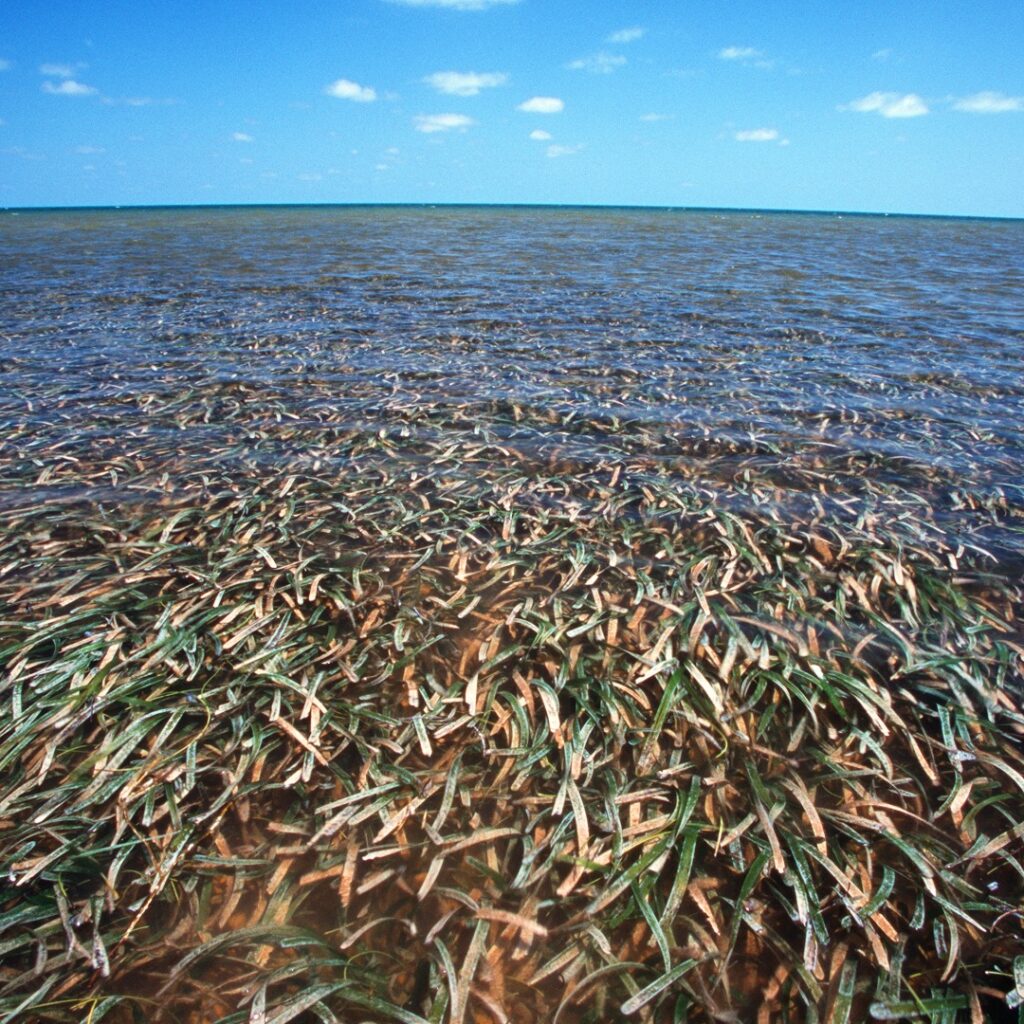 Spanning along Florida’s extensive coastline are 2.7 million acres of seagrass meadows, serving as vital ecosystems that provide a food source and habitat for many commercially and recreationally important fishery species. Beyond their ecological significance, these meadows play a crucial role in enhancing water clarity, stabilizing shorelines, and sequestering carbon and nitrogen.
Spanning along Florida’s extensive coastline are 2.7 million acres of seagrass meadows, serving as vital ecosystems that provide a food source and habitat for many commercially and recreationally important fishery species. Beyond their ecological significance, these meadows play a crucial role in enhancing water clarity, stabilizing shorelines, and sequestering carbon and nitrogen.
As Holly Langsten, a dedicated biology graduate from the University of West Florida, describes, “Seagrass are like trees and forests but of the underwater world. It is the foundation for our bay and estuaries, and if we don’t protect and monitor them, the resource that people travel to see will cease to exist.”
Despite the significance of seagrass ecosystems, they often remain overlooked. However, for Holly, protecting these underwater treasures has become a personal mission.
Escambia Resident Channels Research Passions into Salinity and Seagrass Monitoring
Holly’s journey into environmental conservation began with her fascination with seagrass ecosystem during her undergraduate research. Now, as a resident of Escambia, she actively engages in various citizen science initiatives like Eyes on Seagrass, alongside other programs such as Panhandle Terrapin Project, Florida Horseshoe Crab Watch, and Salinity Monitoring.
“I conducted my undergrad research on seagrass, so this program is near and dear to my heart. However, all the other citizen science initiatives are just as meaningful because they connect to seagrass and contribute to protecting our coastal backyard,” says Holly.
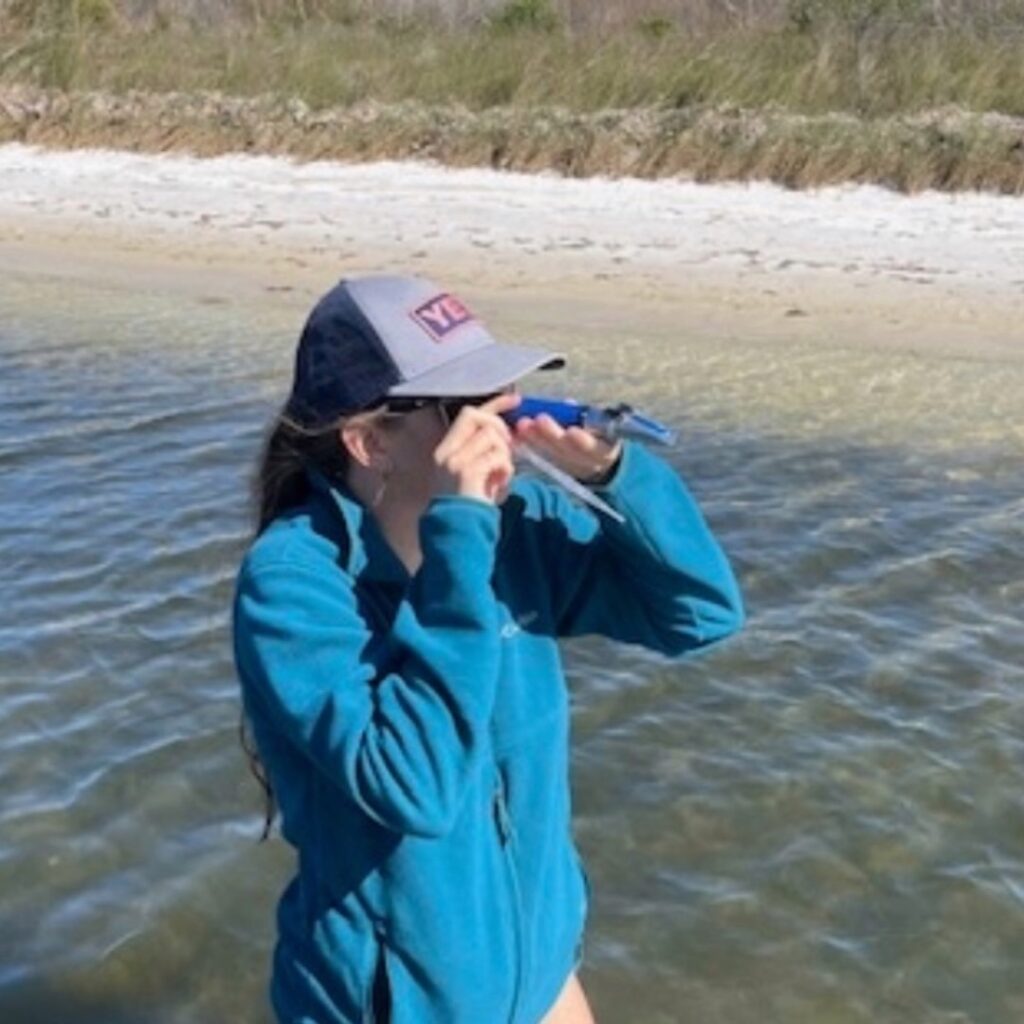
Holly participating in water salinity monitoring. Image by Jessica McLendon
These programs not only allow her to deepen her understanding of marine ecosystems but also empower her to contribute valuable data for research and conservation efforts.
This marks Holly’s inaugural year participating in the Eyes on Seagrass program, which is dedicated to assessing the density of seagrass populations in specific regions. Piloted in Charlotte Harbor and Lemon Bay, Florida in 2019, the program surveys on seagrass and water quality, supplying supplementary data for governmental and research agencies. The Eyes on Seagrass program has grown under the leadership of Kate Rose, UF/IFAS Florida Sea Grant Charlotte County extension agent, while Rick O’Connor, UF/IFAS Florida Sea Grant Escambia County extension agent, helps oversee the regional Panhandle program.
Holly’s journey into the Eyes on Seagrass program stemmed from her involvement in the Panhandle salinity monitoring project back in November 2023.
The salinity monitoring project, led by O’Connor, focuses on training volunteers to record salinity levels near the shoreline across the bay area. The aim is to identify central tendencies in salinity distribution, particularly crucial given the recent increase in rainfall and urban development. The potential rise in stormwater runoff could lower salinities to levels intolerable for certain seagrass species.
Seagrass is like trees and forests but of the underwater world. It is the foundation for our bay estuaries, and if we don't protect and monitor them, the resource that people travel to see will cease to exist.
Holly Langsten
For Holly, engagement in these programs constitute beyond “volunteering”; it’s an integral part of her daily routine. She integrates monitoring activities into her schedule, ensuring consistent collection of salinity data. Through her sustained involvement, particularly in citizen science initiatives like salinity monitoring, Holly became acquainted with the Eyes on Seagrass program. This rekindled her environmental passions from her undergraduate research years.
“I’m excited to contribute in any way I can, and I’m thrilled to reconnect with the science that I missed and loved,” says Holly.
The participation in the program also offers firsthand insight into how localized data can reveal dynamic environmental changes, such as the impacts between salinity and seagrass health.
“For me it’s all connected. Certain seagrasses prefer and tolerate a range of salinity. As salinity fluctuates, it impacts the growth of the grass and without a relatively stable salinity, you’re not going to have the grasses that provide the basis of the ecosystem for all of the vertebrates and invertebrates that we all like to see and rely on, like the horseshoe crabs. Seagrass provides not only the habitat for other organisms but it helps keep our waters clean and healthy.”
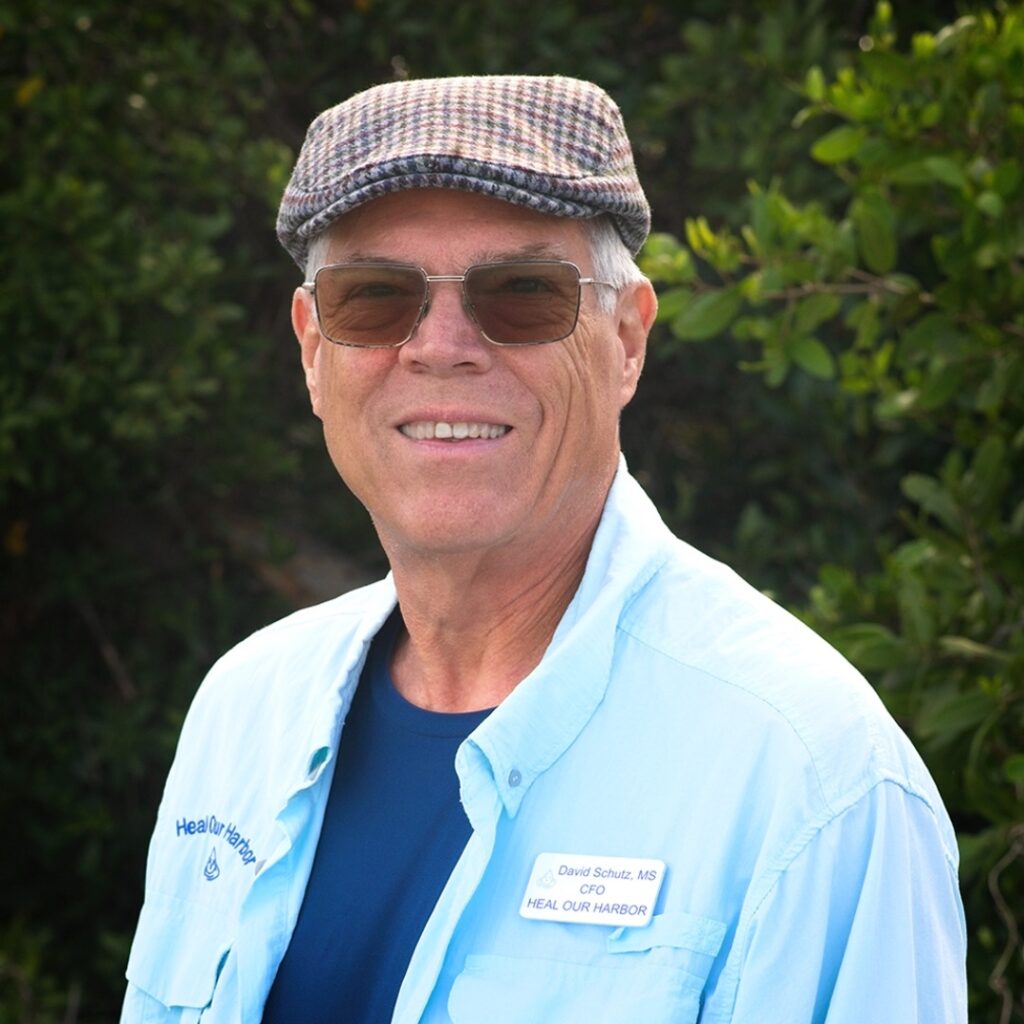
Image by David Schutz.
Holly’s impact goes beyond her individual efforts. By sharing her experiences and knowledge with the public, she inspires others to join the cause.
“I am always sharing and encouraging others to participate in all the projects, hoping to expand knowledge and engagement Many of these projects are accessible to anyone. All it takes is a bit of patience and attentiveness. Every piece of information we collect is valuable to scientists and the environment.”
Local Water Quality Organizations Weave Eyes on Seagrass into Programming
Holly’s enthusiasm for citizen science is shared amongst individuals like Codty Pierce, David Schutz and Bruce Wojcik, all actively engaged in water quality monitoring efforts with their respective organizations. Recently, they participated in the Eyes on Seagrass Training event in Southwest Florida, held in Charlotte Harbor. Their goal is to raise awareness and promote the seagrass surveying within their communities.
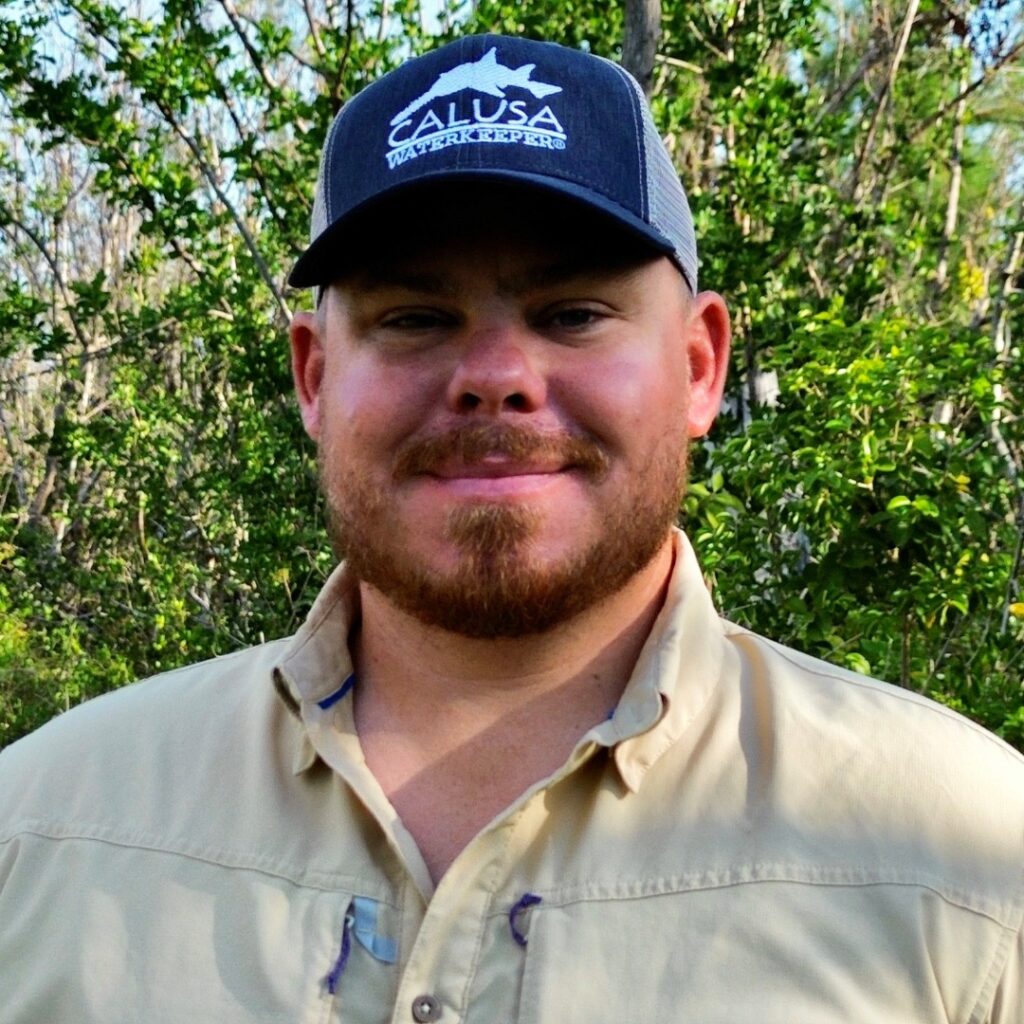
Image by Codty Pierce.
David Schutz serves as the treasurer for Heal Our Harbor, Inc. , an organization led by scientists and educators, dedicated to restoring and preserving the Charlotte Harbor watershed. Their work extends to studying the invasive and nuisance green algae, Caulerpa, and its ecological impact on Charlotte Harbor and seagrass ecosystems. Eyes on Seagrass is one of many citizen science programs that David and his program participates in, alongside Florida Horseshoe Crab Watch.
“Seagrass acts as a producer, harnessing energy from the sun and converting it into a usable form for all other organisms in the ecosystem. If we lose seagrass, we essentially lose the primary food source for numerous organisms, leading to ecosystem collapse. It’s crucial that we monitor seagrass, collect data, and analyze trends,” says David.
“With my background in science, it feels natural, but the process of collecting this data can be straightforward for anyone. Civilians can easily contribute by attending a training session; there is also a video training that will soon be accessible to volunteers interested in becoming part of this significant project.”
As for Codty Pierce, he is affiliated with Calusa Waterkeeper, an organization committed to safeguarding the Caloosahatchee River & Estuary in Southwest Florida. Their focus includes monitoring harmful algal blooms, fecal indicator bacteria, and red tide – all of which can significantly affect seagrass.
“In Lee County, fecal bacteria and stormwater runoff are prominent issues we are looking at. Sampling results show serious fecal bacteria contamination in our waterways,” says Codty. “In addition to Calusa Waterkeeper’s monitoring priorities, I am determined to incorporate seagrass into Lee County’s water quality considerations, with the aim of potentially initiating a pilot program for Lee County.”
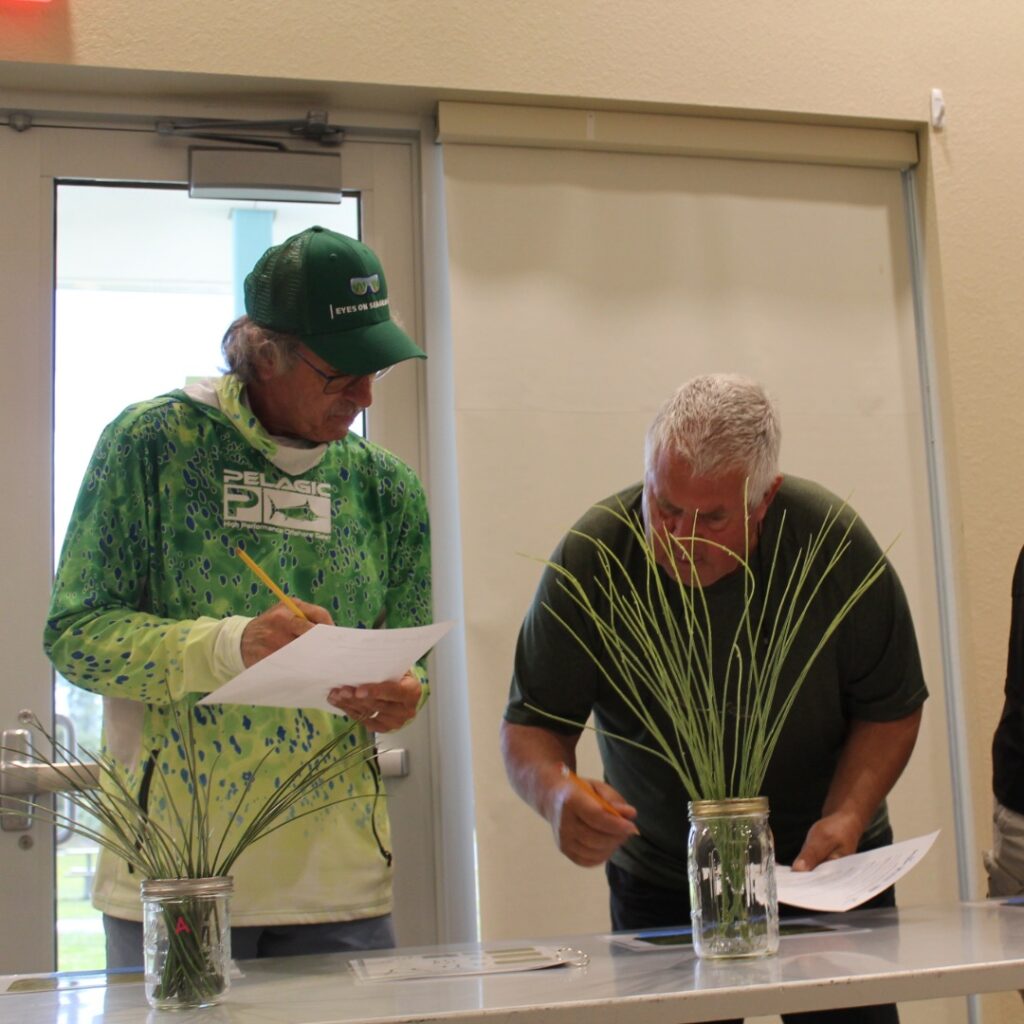
Bruce Wojcik (picture left) at 2024 Eyes on Seagrass training in Charlotte Harbor. Image by Florida Sea Grant.
All Hands on Deck Working to Preserve Seagrass for Future Generation
Alongside David Schutz, Bruce Wojcik serves as the secretary for Heal Our Harbor. In addition to their involvement in the Eyes on Seagrass program, Bruce consistently seeks engagement in participatory science initiatives, acknowledging the significant benefits they provide for both the environment and participants.
Bruce, a retired ecologist, and his wife, a retired biologist, reside in Punta Gorda, originally from Michigan. Both have found participation in the Eyes on Seagrass program to be rewarding for themselves and their community .
“As retired scientists, it’s rewarding to continue contributing and to engage others in these activities. Deepening our understanding of our natural environment instills a sense of ownership and responsibility. When people feel connected to something, they’re more inclined to protect and nurture it for the future,” says Bruce.
“Our goal has been to ensure these opportunities endure for future generations. We’ve aimed to contribute to preserving the local environment and educating others about its significance.”
Through citizen science, individuals like Holly, Codty, Dave, Bruce and countless others enrich our understanding of the environment but also empower communities to take action in protecting and preserving our planet’s precious resources.